A potato bag is a simple, eco-friendly kitchen tool designed to cook potatoes quickly and evenly in the microwave. It retains moisture and nutrients, ensuring perfectly cooked potatoes every time while reducing cooking time significantly compared to traditional methods. This innovative solution is both convenient and sustainable, making it a must-have for home cooks.
1.1 What is a Potato Bag?
A potato bag is a specially designed kitchen accessory used for cooking potatoes in the microwave. Made from microwave-safe fabric, it allows for even cooking while retaining moisture and nutrients. The bag ensures potatoes are cooked thoroughly without drying out, making it a practical tool for achieving perfectly cooked results every time. It’s a simple, efficient solution for home cooks.
1.2 Benefits of Using a Potato Bag
A potato bag offers numerous benefits, including reduced cooking time and even heating. It retains moisture and nutrients, ensuring healthier meals. The bag is eco-friendly, reusable, and easy to clean, making it a sustainable choice. It also promotes consistent cooking results and minimizes mess, making it a practical and efficient tool for home cooks seeking convenience and quality in their culinary routines.
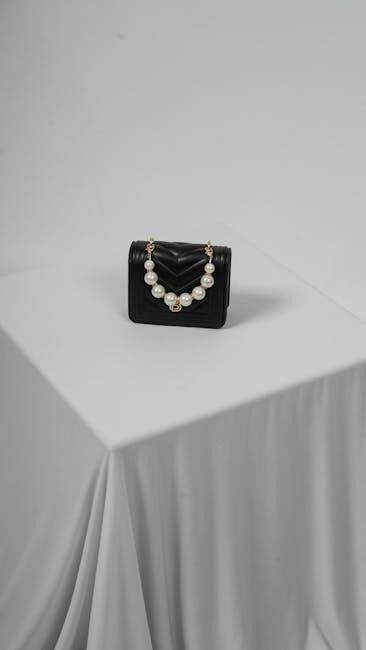
Choosing the Right Fabric
Choosing the right fabric is crucial for safety and effectiveness. Opt for microwave-safe, heat-resistant, and breathable materials, avoiding synthetics that may melt or catch fire easily.
2.1 Suitable Fabrics for Microwave Use
For a potato bag, use 100% natural, microwave-safe fabrics like cotton or linen. Avoid synthetic materials that may melt or catch fire. Opt for breathable, heat-resistant fabrics that allow moisture to escape while retaining steam for even cooking. Ensure the fabric is durable and can withstand repeated microwave use without degrading or emitting harmful fumes.
2.2 Cotton vs. Other Materials
Cotton is the preferred fabric for potato bags due to its natural breathability and heat resistance. Unlike synthetic materials, it doesn’t release harmful fumes or melt in the microwave. Cotton absorbs moisture effectively, preventing sogginess while cooking. Avoid polyester blends, as they may not provide the same safety or cooking performance. Always opt for 100% cotton for best results and durability.
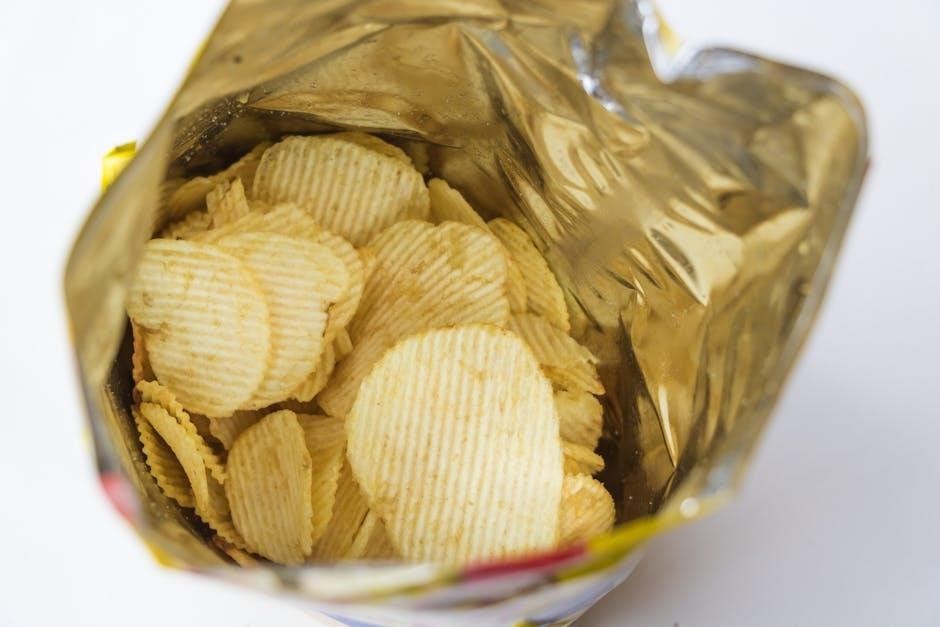
Measurements and Cutting
Accurate measurements and precise cutting are crucial for a functional potato bag. Use a ruler or measuring tape to ensure fabric dimensions are consistent. Cut carefully to maintain even edges and proper alignment of the fabric grain for optimal results.

3.1 Accurate Measurement Techniques
Accurate measurements are essential for a well-fitted potato bag. Use a ruler or measuring tape to ensure precise fabric dimensions. Mark fabric with chalk or a marker, aligning edges carefully. Double-check measurements to avoid errors. For consistency, cut fabric on a flat surface, using a grid or pattern if available. This ensures even seams and proper functionality of the bag.
3.2 Cutting Fabric Correctly
Cut fabric accurately using sharp scissors or a rotary cutter for clean edges. Place fabric on a flat surface, smoothing wrinkles. Use a ruler or pattern to guide cuts, ensuring straight lines. Align fabric edges and patterns before cutting. Double-check measurements to avoid waste; For precise results, cut slowly and maintain steady pressure. This ensures uniform fabric pieces for sewing.
Sewing Instructions
Place fabric right sides together, align edges, and sew around the perimeter with a 1/4-inch seam allowance. Leave a small opening to turn the bag right side out. Backstitch at both ends for strength and trim excess thread for a clean finish.
4.1 Step-by-Step Sewing Guide
- Place fabric right sides together, ensuring edges align perfectly for even stitching.
- Sew along the perimeter using a 1/4-inch seam allowance, leaving a small opening to turn the bag right side out.
- Backstitch at the start and end of the seam for added durability.
- Trim excess fabric and loose threads to ensure a clean finish.
- Turn the bag right side out through the opening, pressing seams with an iron for a crisp look.
- Topstitch around the edges for a decorative and reinforced finish.
4.2 Tips for Beginners
Start with a simple pattern and pre-wash your fabric to ensure shrinkage doesn’t affect the bag’s size. Use a walking foot or Teflon foot for smooth stitching. Press fabric before sewing to remove wrinkles. Backstitch at the beginning and end of seams for durability. Use a 1/4-inch seam allowance and leave a small opening to turn the bag right side out. Practice on scrap fabric first to build confidence.
Safe Washing and Maintenance
Wash your potato bag in cold water with mild detergent to preserve fabric quality. Avoid bleach or harsh chemicals. Air-dry to prevent shrinkage and maintain shape.
5.1 Washing the Potato Bag
Wash the potato bag in cold water using a mild detergent to maintain fabric quality. Avoid bleach or harsh chemicals, as they may damage the material or leave residues. Gently scrub any stained areas and rinse thoroughly. Air-dry the bag to prevent shrinkage and ensure it remains safe for microwave use. Regular washing prevents food odors and extends the bag’s lifespan.
5.2 Maintenance Tips
To maintain your potato bag, store it in a dry place away from direct sunlight. Avoid using fabric softeners, as they can reduce the bag’s effectiveness. Regularly washing and air-drying the bag prevents food odors and extends its lifespan. Never bleach or iron the fabric, as this can damage its microwave-safe properties. Proper care ensures optimal performance and longevity of your potato bag.
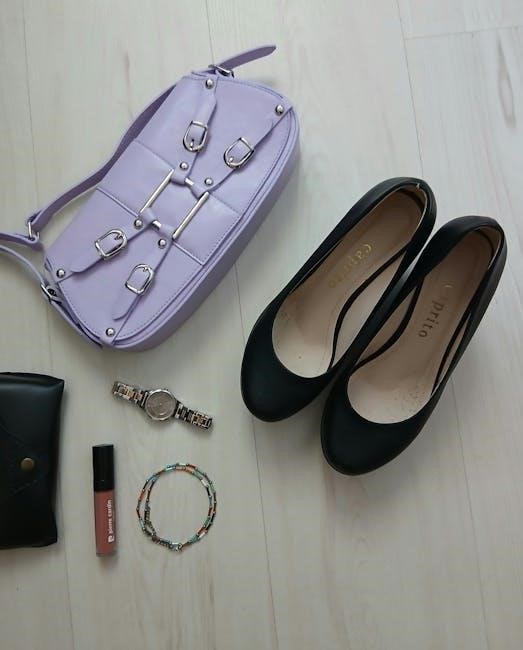
Using the Potato Bag
Place washed and dried potatoes in the bag, leaving space for even cooking. Cook on high for 3-4 minutes per side. Check for doneness by piercing with a fork.

6.1 Preparing Potatoes for Cooking
Wash the potatoes thoroughly under running water, scrubbing gently to remove dirt. Pat them dry with a clean towel to ensure even cooking. Poke each potato 3-4 times with a fork to allow steam to escape. Use medium-sized potatoes for consistent results. Avoid over-poking to prevent the potatoes from becoming mushy. Let the potatoes sit at room temperature for 10 minutes before cooking for optimal texture.
6.2 Cooking Instructions
Place 2-3 medium potatoes into the potato bag, ensuring they are evenly spaced. Microwave on high for 3-4 minutes per side. Carefully remove the bag, check doneness by piercing with a fork. If undercooked, return for an additional 30 seconds to 1 minute. Let stand for 1-2 minutes before serving. This method ensures tender, evenly cooked potatoes.
Tips for Perfectly Cooked Potatoes
Use medium-sized potatoes for even cooking. Avoid overcrowding the bag. Adjust cooking time based on potato size. Pierce potatoes to check doneness. Let stand briefly after cooking.
7.1 Ensuring Even Cooking
For even cooking, select potatoes of similar size and wash them thoroughly. Pat dry to remove excess moisture, preventing uneven heating. Arrange potatoes in a single layer within the bag, leaving space between each. Use a fork to pierce the potatoes, allowing steam to escape. Check for doneness by piercing the thickest part; if resistant, cook a bit longer. This ensures consistent results every time.
7.2 Checking Doneness
To check if potatoes are cooked, carefully remove the bag from the microwave and let it cool slightly. Cut a potato in half and inspect the center; it should be soft and fluffy. Use a fork or knife to pierce the thickest part—if it slides in easily, they’re done. If not, return to the microwave for additional time, checking in 30-second increments to avoid overcooking.
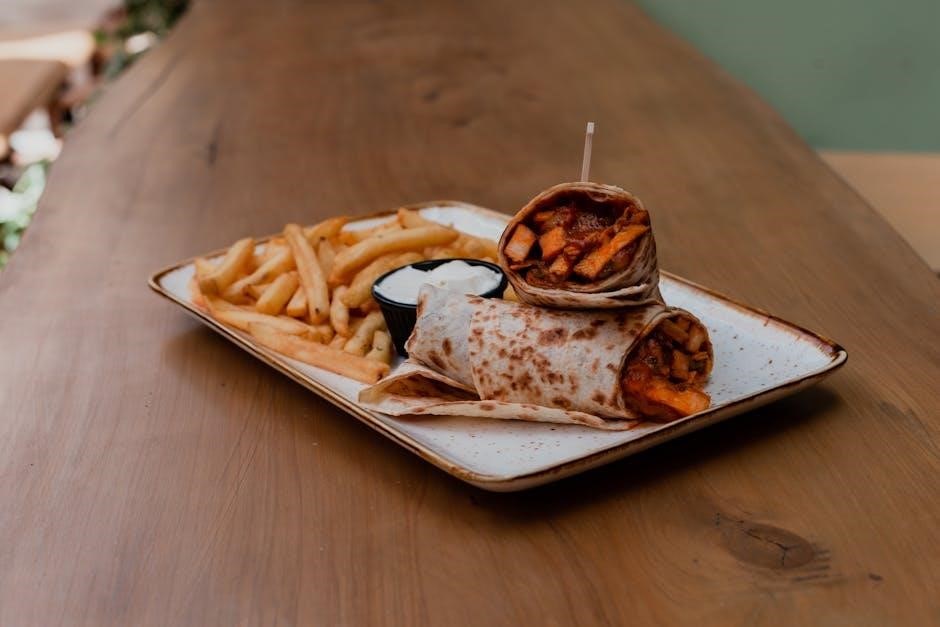
Variations and Customization
Potato bags can be customized in size, design, and fabric to suit personal preferences. Add decorative stitching, pockets, or vibrant colors for a unique touch, enhancing functionality and style.
8.1 Different Sizes
Potato bags come in various sizes to accommodate different quantities of potatoes. A small bag is ideal for 1-2 potatoes, while a medium size suits 3-4, and a large bag can hold up to 6 potatoes. This versatility ensures you can cook for one or the whole family. Adjusting the size allows for even cooking and convenience, making it perfect for any household’s needs.
8.2 Design Ideas
Potato bags can be customized with vibrant fabrics and colors to match your kitchen style. Add pockets for seasonings or handles for easy removal. Decorative stitching, appliques, or embroidery can add a personal touch. These design elements make the bag both functional and stylish, offering a unique accessory for home cooks while ensuring materials remain safe and durable for long-term use.

Safety Precautions

Ensure safe microwave use by using approved fabrics and following guidelines. Avoid overheating and never leave the bag unattended. Follow instructions carefully to prevent fire hazards.
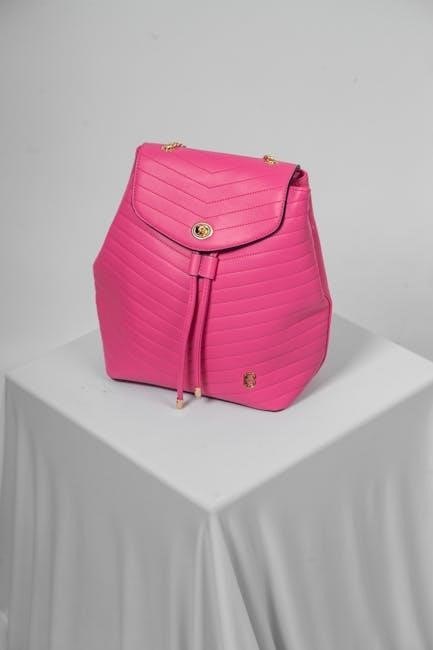
9.1 Microwave Safety
Always use microwave-safe fabrics for your potato bag to avoid fire hazards. Never leave the bag unattended while cooking. Ensure the bag is clean and dry before use. Avoid overheating, as this can damage the fabric or cause burns. Follow recommended cooking times and check potatoes regularly to prevent overcooking. Using the wrong materials or ignoring guidelines can lead to dangerous situations.
9.2 Avoiding Hazards
To avoid hazards, ensure your potato bag is made from non-flammable, microwave-safe materials. Never use metal accessories or decorations, as they can spark. Keep the bag away from children and pets during use. Proper ventilation is essential to prevent steam buildup. Always monitor cooking times to avoid overheating, which can cause fires. Regularly inspect the bag for wear and tear to ensure safe usage.
